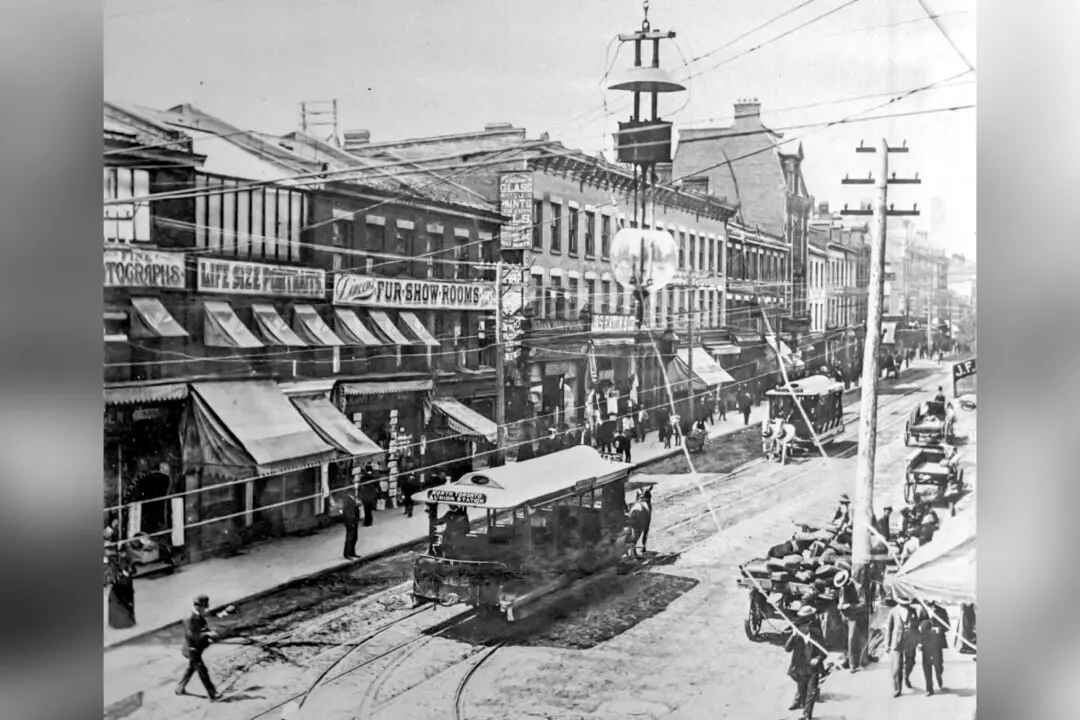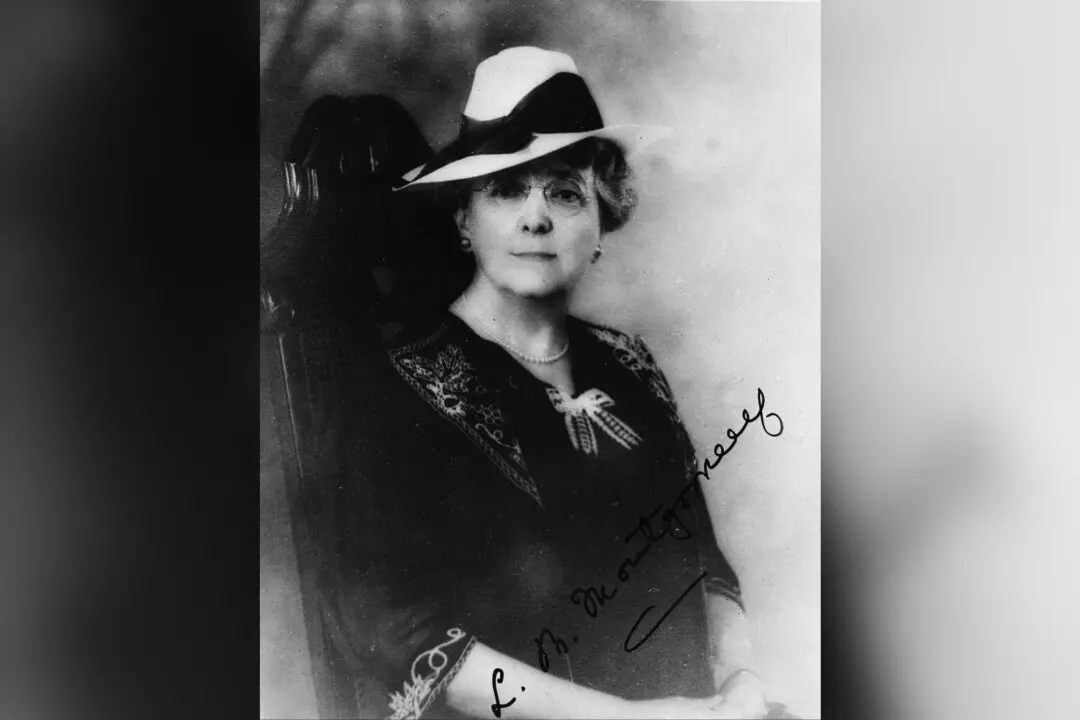Commentary
Pity France in the early 1400s. The country was embroiled with the English in the Hundred Years’ War. For decades, invading armies had ravaged the landscape and captured huge chunks of territory, costing the French monarchy prestige, vast expenditures, and diminished revenue. The population groaned under heavy taxes levied to support the war and a lavish lifestyle for the royal court, while towns and villages were pillaged and burnt by roving bands of mercenaries and unpaid soldiers.





